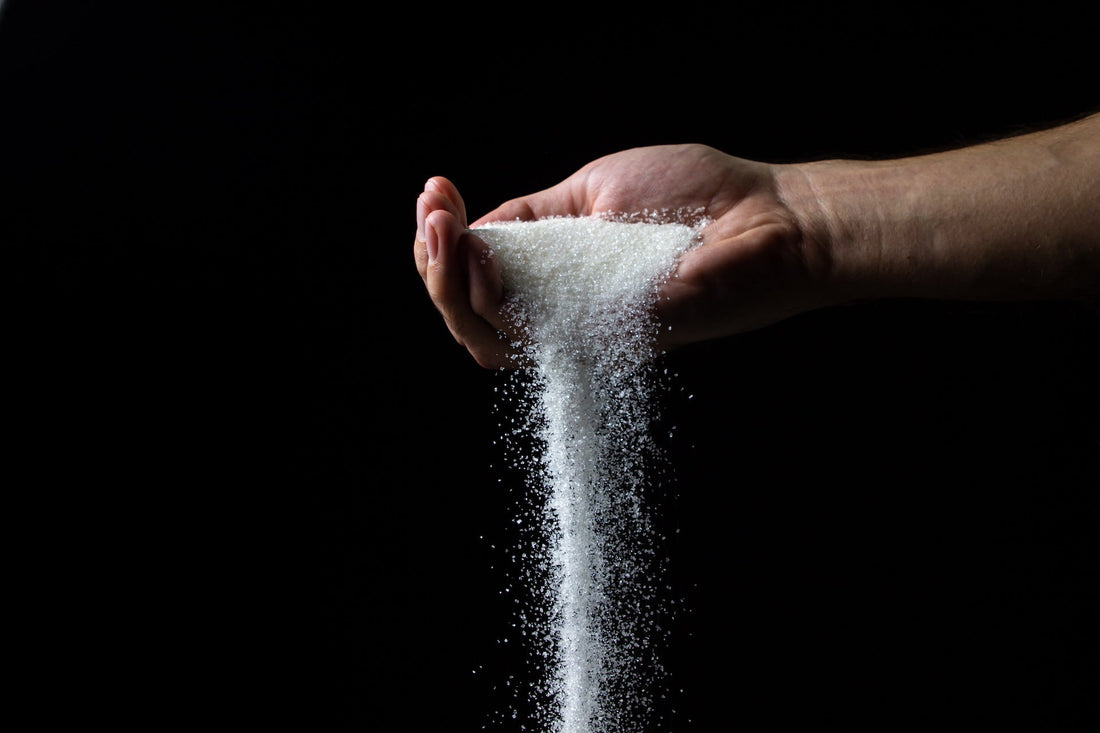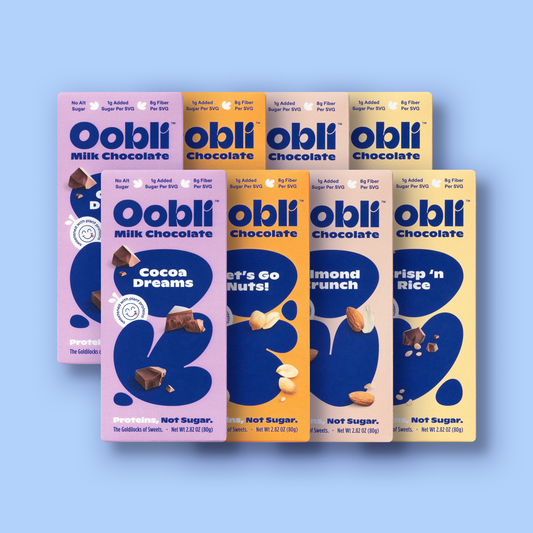Let’s be honest: it’s tough for the food industry. Rising ingredient costs are squeezing margins for food manufacturers, restaurants, and product innovators.
The challenge? Limiting costs without sacrificing taste, quality, or brand reputation.
From large-scale food production to perfecting a restaurant menu, balancing cost efficiency with ingredient quality is the secret to long-term success. Mastering this balance ensures that every dish delivers on taste, performance, and profitability. So, how do you do this?
Innovative sourcing is key when reducing ingredient costs without sacrificing quality.
To make things easier, the Oobli team has created a guide that outlines proven strategies for cutting ingredient expenses, optimizing sourcing, and boosting profitability without compromising what matters most.
Understanding the Price of Inputs: How to Calculate Ingredient Cost
Before cutting costs, knowing where your money is going is essential. Calculating ingredient costs helps food businesses pinpoint areas where spending can be optimized.
Ingredients Cost Calculator: Tips on Quickly Totalling Your Costs
Break down pricing by unit, weight, or volume to clearly understand your ingredient costs. This helps you see exactly how much each ingredient contributes to the total product cost. But pricing isn’t just about the sticker price. Hidden costs like transportation, storage, and spoilage can add up fast.
Many businesses rely on an ingredient cost calculator to monitor spending patterns and make better purchasing decisions. Tracking these costs regularly can reveal opportunities for bulk purchasing, supplier negotiations, or alternative sourcing strategies that can lead to savings.
Are Ingredients a Fixed or Variable Cost?
Understanding whether an ingredient is a fixed or variable cost can help determine the best approach to managing expenses.
-
Fixed costs remain stable, such as long-term supplier contracts.
-
Variable costs fluctuate based on market demand, seasonality, and availability.
By analyzing these costs, food businesses can adapt pricing models, strategically plan purchases, and reduce overall ingredient expenses (limiting food waste, too!) without compromising the quality your customers expect.
How to Reduce Ingredient Costs: 9 Ways to Bring Costs Down While Maintaining Quality
Reducing ingredient costs doesn’t have to mean cutting corners. These nine strategies will help you lower expenses, optimize sourcing, and maintain the high-quality standards your customers expect.
Build Strong Relationships With Suppliers
Suppliers play a major role when you want to reduce ingredient shopping costs.
Building long-term relationships can lead to better pricing, priority access to in-demand ingredients, and flexible payment terms. Suppliers may be willing to lock in lower prices through contract agreements or offer discounts for bulk orders.
Tip: Negotiating annual pricing contracts can protect businesses from unexpected price hikes, providing stability and predictability when tracking your restaurant ingredients costs.
Source Locally to Reduce Transportation Costs
Importing ingredients often comes with high shipping and transportation costs. Sourcing locally reduces these expenses, supports sustainability initiatives, and shortens supply chains. Shopping locally also means not being at the mercy of external forces (tariffs, supply chain delays) impacting your business.
Local ingredients are fresher, more cost-effective, and readily available, especially for perishable items like produce, dairy, and proteins.
Explore Alternative Suppliers or Markets
Relying on a single supplier can leave businesses vulnerable to price fluctuations and shortages. Exploring alternative markets, expanding sourcing options, and partnering with emerging suppliers can introduce cost-saving opportunities.
Tip: Consider exploring supplier diversity programs that connect businesses with new or specialized ingredient sources at competitive rates.
Substitute High(er)-Cost Ingredients With Affordable Alternatives
Strategic ingredient swaps can reduce costs without compromising quality. For example:
-
Sweet proteins could be used instead of (or in addition to) sugar and other sweetener ingredients to maintain sweetness without added carbs or calories.
-
Replacing dairy-based thickeners with plant-based alternatives for cost savings and broader market appeal.
-
Swapping premium oils for equally effective, lower-cost alternatives in formulations.
Product testing is essential when swapping out ingredients or changing recipes. Recipe testing (and paying attention to customer feedback) helps ensure the final product’s taste, texture, and quality are just right.
Reduce Ingredient Quantities Without Affecting Performance
Reformulating recipes to minimize expensive ingredients while preserving flavor can significantly cut costs. Here are some questions to consider in the recipe development process:
-
Can a smaller amount of a high-cost ingredient deliver the same sensory experience?
-
Can a combination of ingredients replicate the desired effect more affordably?
Playing with formulations and experimenting with concentrated flavors, emulsifiers, and functional proteins can enhance texture and taste while reducing ingredient use.
Reduce Waste Through Better Forecasting and Production Processes
Ingredient waste is one of the biggest cost drivers in food production. Implementing inventory management systems helps businesses:
-
Track ingredient usage more accurately.
-
Prevent over-ordering (or running out of ingredients when it’s least expected)
-
Reduce spoilage and excess stock.
Predictive analytics tools can more effectively forecast demand, helping businesses precisely order what they need—no more or less.
Buy in Bulk When It Makes Sense
Buying in bulk can offer significant cost advantages, but it’s imperative to consider each ingredient individually.
-
Storage capabilities: Can the ingredient be stored long-term without spoilage? This obviously works better when non-perishable ingredients are being used.
-
Usage rates: Will the ingredient be used before expiration?
Bulk and wholesale purchasing can dramatically lower per-unit costs and improve profit margins for non-perishable or high-turnover ingredients.
Collaborate With Other Businesses for Group Purchasing
Small businesses may struggle to secure volume discounts, but joining group purchasing organizations (GPOs) can offer collective buying power.
Food businesses can pool orders, negotiate lower prices, and access exclusive supplier deals by partnering with restaurants, bakeries, or manufacturers.
Test New Formulations and Tap Into Consumer Opinions
For businesses in the food and beverage industry, nothing is more important than creating products and goods that consumers love.
When introducing cost-saving ingredient substitutions, it’s crucial to test consumer response. Conducting small-batch trials and sensory evaluations helps businesses:
-
Ensure quality and taste remain intact.
-
Validate consumer satisfaction before full-scale production.
-
Identify any unexpected changes in texture or flavor that need adjustment.
Taking consumer feedback and continually refining formulations helps businesses balance cost efficiency without sacrificing what consumers love about a product.
Keep Ingredient Shopping Costs Low and Quality Costs Low and Quality High
Reducing ingredient costs doesn’t have to mean sacrificing quality or customer satisfaction.
The right strategies can unlock better margins for food innovators and chefs without compromising quality. Ready to see how Oobli’s sweet proteins can elevate your sweet foods and beverages? Let’s redefine what’s possible, one ingredient at a time.




